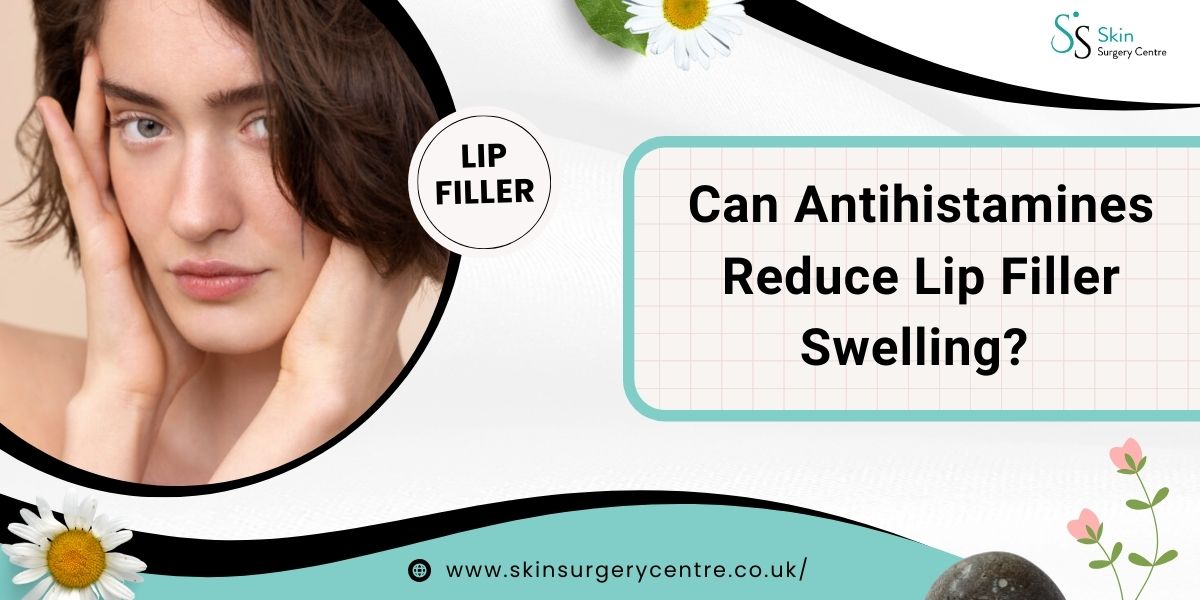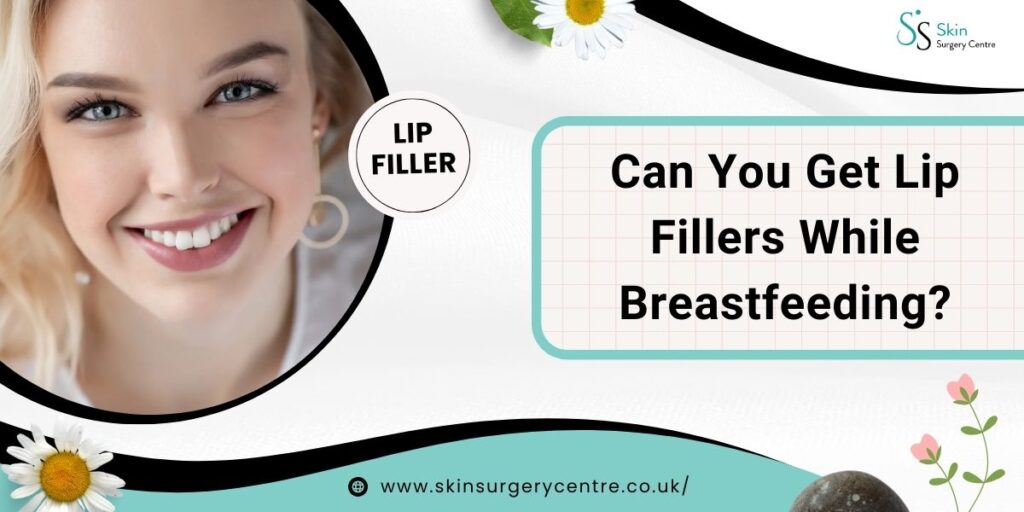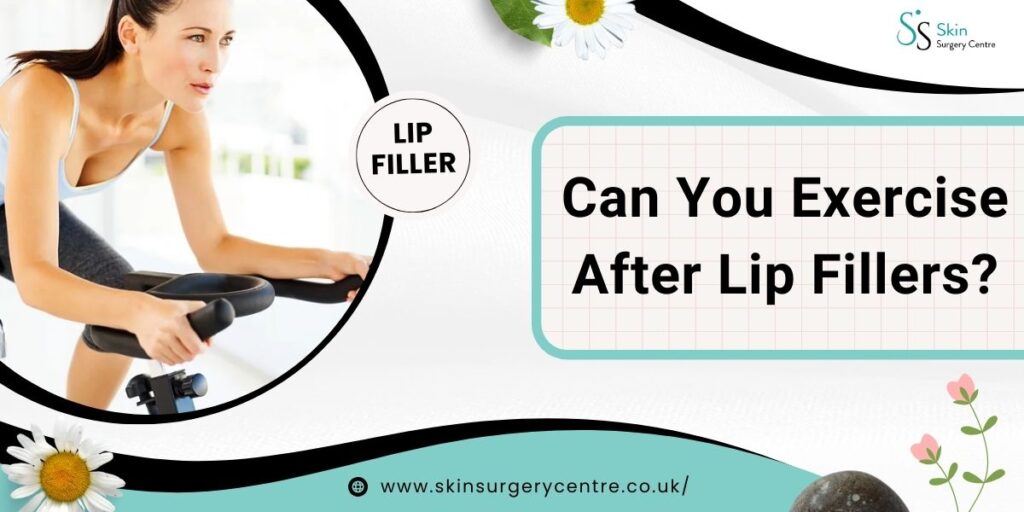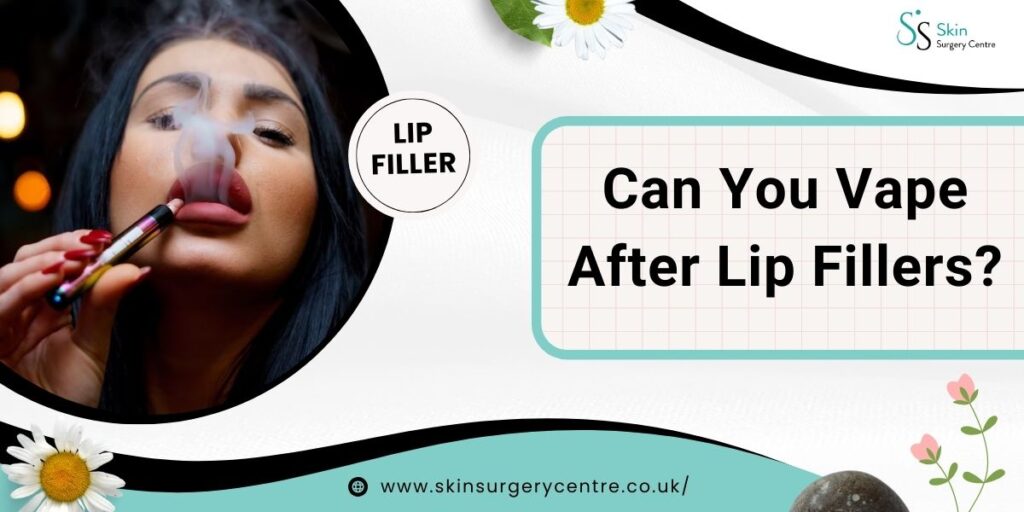Can You Get Lip Fillers While Breastfeeding? UK Expert Answers
Many new mums wonder: Can you get lip fillers while breastfeeding? It’s a common question in UK clinics, and this...

Many people are concerned about swelling after lip filler treatments. Swelling is a normal part of the healing process, but patients often look for ways to alleviate the discomfort. One of the options offered is the use of antihistamines, but do these medications really aid in reducing lip filler swelling?
The scientific reasoning behind swelling, how antihistamines can assist in minimizing it, as well as other helpful recovery suggestions are included in this article to help you maximise the results of your cosmetic procedure.
To help provide a more cogent narrative, let’s start with the reason why filler swelling happens. The overall swelling after lip fillers is due to the inflammation of the body. This is how it happens:
Inflammation: Whenever an HA (Hyaluronic Acid) type of filler is injected, the body tends to respond to it as a very small injury by increasing blood flow to the area.
Water Retention: Hyaluronic acid is the most common filler in use due to its water retentive properties. It holds on to water which can become problematic in the swollen area.
Injection Trauma: Soft tissues become inflamed due to the inserted needle and its associated soft technique of injecting.
This inflammation that occurs post injury is commonplace, and it tends to resolve itself within a few days. If someone is trying to expedite their recovery period, taking antihistamines can be helpful.
Also Read: What Is Lip Filler?
Antihistamines are perhaps the most popular medication intended to treat allergy symptoms. On the other hand, these drugs are gaining more and more attention when it comes to treating post cosmetic surgery swelling. This is how they work in this situation:
Histamine Blocker: During and after an inflammatory or allergic response, a chemical called histamine gets set loose. Redness, swelling and itching symptoms are part of the reaction caused by a substance called histamine. Antihistamines counter the after effects of histamine, so these symptoms are relieved.
Timing Matters: Antihistamine use pre-appointment, or immediately post-procedure, helps bring down swelling before it peaks. It is also useful during the 24-48 hour highest swelling window.
While antihistamines will not completely remove swelling, they will help recovery time and comfort on the whole.
A study in Dermatologic Therapy (2020) reported that patients taking antihistamines experienced faster reduction in swelling and bruising post-filler compared to those who did not.
Post filler swelling is managed most effectively with second-generation antihistamines. These medications have the added benefit of not making one sleepy. Here are three of the most common:
Cetirizine (Zyrtec)
This medication is easily accessible and works well to remove puffiness without inducing sleep.
Recommended dosage: 10 mg daily
Loratadine (Claritin)
A great non-drowsy choice for filler-induced swelling.
Recommended dosage: 10 mg daily.
Fexofenadine (Allegra)
This one is well-known for being strong and effective.
Recommended dosage: 180 mg daily.
The best practice is to follow the package instructions. Most importantly, talk to your practitioner or medical provider before taking antihistamines, particularly if there are other prescriptions.
In 2024, 40% of UK aesthetic patients reported using over-the-counter antihistamines to manage post-filler swelling (Aesthetic Medicine Journal, 2024).
Antihistamines won’t fully help you on their own. These steps are guaranteed to maximise your results:
1. Apply a Cold Compress.
Use a soft cloth to wrap around an ice pack and put over your lips for 10-15 minutes. The cold helps reduce blood flow to the area and the ice further constricts blood vessels already doing so. Do not put ice directly on your skin; it can damage it.
2. Stay Hydrated
Drink as much water as you can. This will allow your body to flush out salts and water that would potentially cause swelling.
3. Avoid Salty Foods
Eating less salt will help prevent water retention, helping reduce swelling around the lips. It may help to avoid salty foods and processed foods for a couple of days post treatment.
4. Sleep With your Head Elevated
Add an extra pillow to further prop yourself during sleep. Aim to minimise fluid accumulation in the lips by propping them.
5. Use Arnica Gel or Tablets
There are homeopathic options in tablet form, but applying gel locally can help too. It is a natural anti-inflammatory so it helps reduce bruising and swelling.
6. Avoid Strenuous Exercise
Try to do nothing that will get your heart pumping for a day or two as everything causes blood flow, which can amplify swelling.
Most people around the world experience the maximum swelling after lip fillers during the first two days post-treatment. The side effects typically subside within 3-5 days, but some experience mild swelling that can persist for up to a week. The healing time varies from person to person, depending on metabolism, volume of filler used, and aftercare instructions.
Incorporating antihistamines and these recovery tips should help you notice a faster reduction in swelling so you can enjoy the view of yourself with the enhanced look sooner.
While it is possible to use antihistamines to effectively reduce swelling, using them is not viable for everyone in the world.
Anyone with specific allergies, chronic health conditions, or taking other medication should seek a professional’s help before implementing any new pharmacological treatment. Your practitioner, in addition to knowing the specifics of your treatment, is in a better position to give you advice that makes recovery easy and quick.
Always check with a GMC-registered aesthetic practitioner before starting antihistamines — especially if you’re on other medication.
For many patients, using antihistamines can help them conveniently minimise swelling and feel more comfortable after lip fillers. However, without other smart aftercare techniques, their impact is limited. Whether you opt for antihistamines, cold compresses or simply stick to a proper recovery plan, make sure you provide the attention your lips will need.
For those of you who have a lip filler appointment or are still seeing swelling after the last treatment, speak to your aesthetic practitioner for specific guidance tailored to your goals. With the informed care plan, we know you will be ready in no time to show off your new stunning pout.
Yes — some practitioners recommend taking a non-drowsy antihistamine 1–2 hours before treatment to minimise swelling. Always check with your injector first.
Usually 2–3 days during the peak swelling stage. Longer use should only be guided by your practitioner.
They mainly help swelling. For bruising, Arnica or Bromelain may be more effective.




Many new mums wonder: Can you get lip fillers while breastfeeding? It’s a common question in UK clinics, and this...
If you’ve had lip fillers or are planning them, you may wonder: Can I put lip balm on after lip...
Can you exercise after lip fillers? At our London, Manchester, and Birmingham clinics, this is one of the most common...
Can you vape after lip fillers? It’s one of the most common questions we hear at our London, Manchester, and...
As one of the most sought-after procedures in cosmetic enhancement, lip fillers help people restore volume and definition to their...